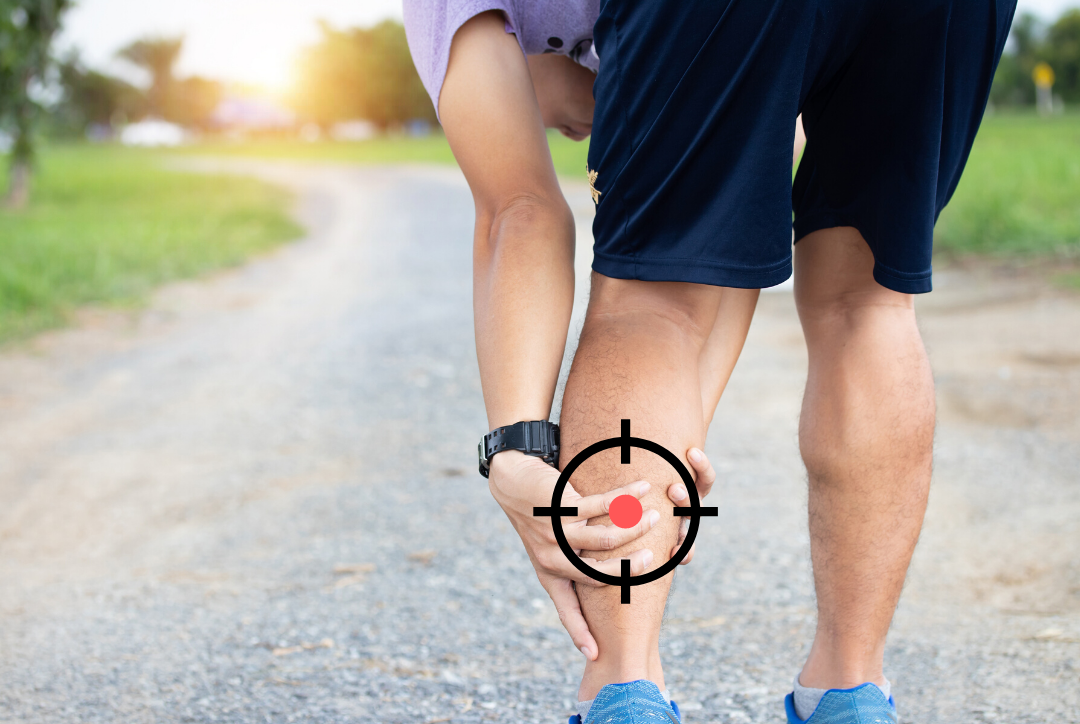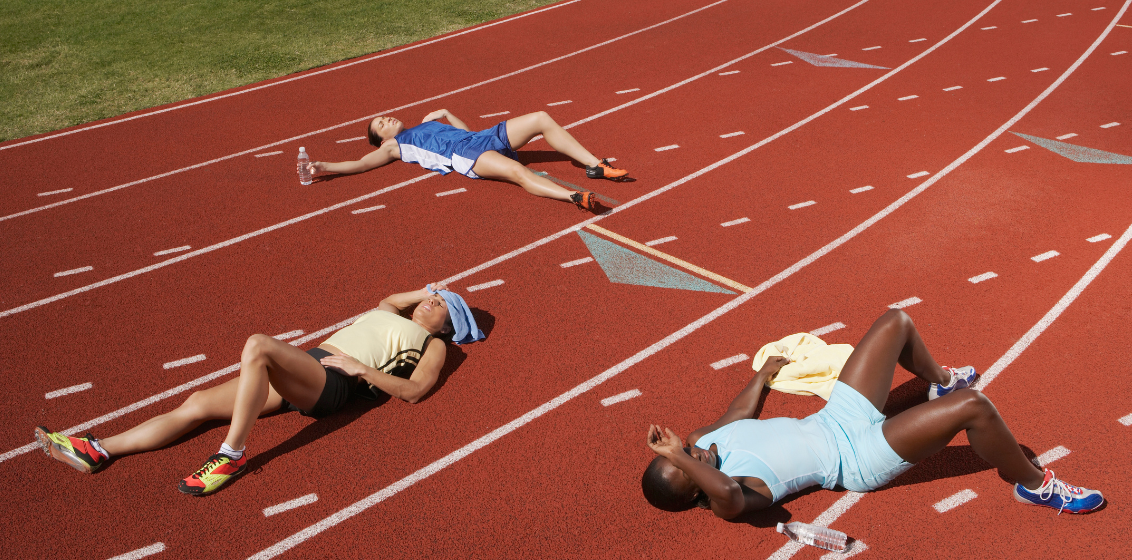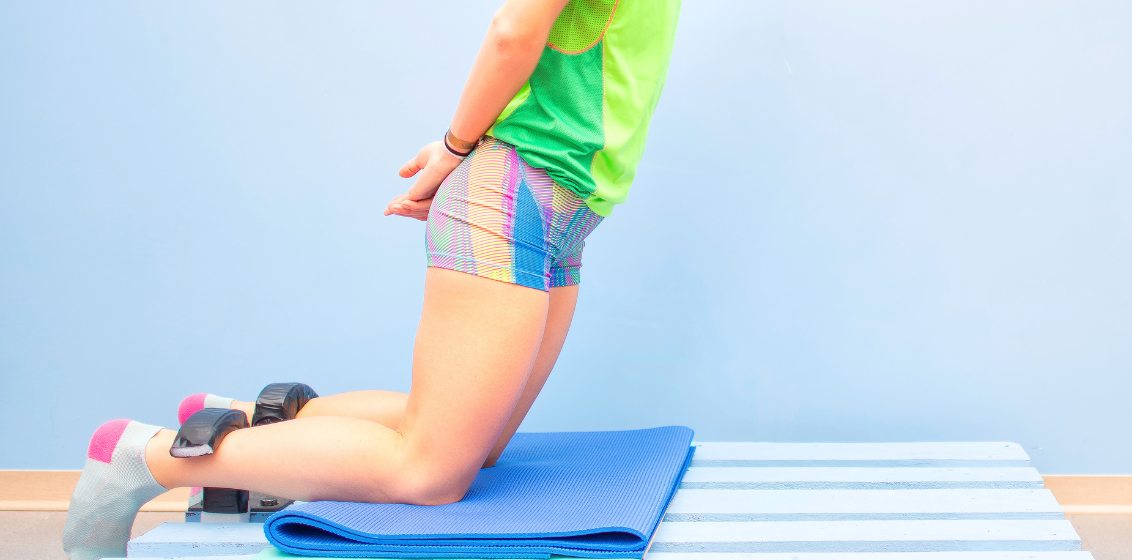Don’t fall victim to the calf muscle sniper ever again!

Have you strained your calf muscle? More than once? You’re not alone. Read on to find out how to break this vicious cycle, or prevent it in the first place
Here’s the usual story we see;
you injure your calf muscle running, take a few weeks off running and get back to walking and doing stairs comfortably. You are able to jog and then nurse your calf through an easy training session.
First game back you push off hard and try and chase down an opponent or run up a hill and the sniper shoots you in the calf from behind the grassy knoll, leaving you to hop or limp off in pain and frustration. Sound familiar?
“Calf muscle strains are one of the top two muscle injuries in sports and they’re most common in older runners. If you don’t do the correct rehab after a calf strain you have a high risk of it happening again and it takes longer to recover from each time!”
It frustrates us too! Here’s what we know. If you don’t get the RIGHT rehab program and start it immediately, you could prolong your recovery time by up to 20 days by waiting even a week! You also increase your risk of another calf tear, particularly if you are male and older and could miss up to 2 months of running!
By getting your calf injury properly diagnosed and starting our best practice Calf Muscle Injury Clinical Pathway and rehab program you will
- Get out of pain, get back to work and return to sport sooner than if you wait
- Have strength testing performed with next-level technology to ensure you are safe to return to running
- Be guided through a comprehensive strength and power training program to allow you to run, accelerate and change direction safely
- Go through a graduated return to run program, starting you running as soon as it is safe and using running as an important rehab tool
“Your calf has to produce force equal to 8 times your body weight every running step. That’s 48 tonnes per minute of running!”
Doing stretches and some bodyweight calf exercises off a step are just not enough to get your calf where it needs to be. If you want to get your calf stronger than it was before it was injured, you need to lift some serious weight. Anything less is negligence! If you can’t see a squat rack and some big weight plates, you’re in the wrong place.
If you want to get your calf under control once and for all, our calf rehab protocol will help you get back to sport quickly, safely and with less risk of recurrence. Keep reading and we’ll tell you how!
Here’s what sets our Calf Muscle Injury Clinical Pathway apart
- We make sure you get the right diagnosis and immediate advice and then ensure you hit the right strength exercises and benchmarks as early as week 1 of your rehab to allow you to progress safely to the next stage of your rehab
- We push your strength and power exercises hard to achieve the benchmarks we know will withstand running and sprinting loads
- Next we use our AxIT force plate technology to run you through a scientifically validated testing playlist to accurately strength test your calf before starting to run. We go way beyond getting you to do a few calf raises and making a “guesstimate” you’re right to run!
- Finally, you will be guided through a progression of explosive power exercises, a graduated return to running and sprinting before being given the all clear to return to full sporting activity
If you’re struggling with a calf injury right now, or an old injury is still niggling away in the background and you’re worried about the sniper taking another pot-shot next time you run up hill or take off to sprint, we’ve created our Calf Muscle Injury Clinical Pathway to help guide you back to full strength and sporting activity.
If you’re sick of your calf holding you back, simply click on the link below to book an Initial Physio appointment and get started on your road to recovery



